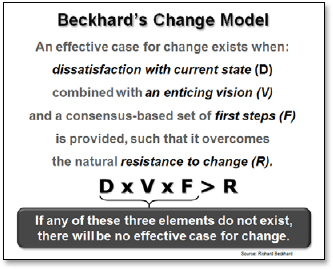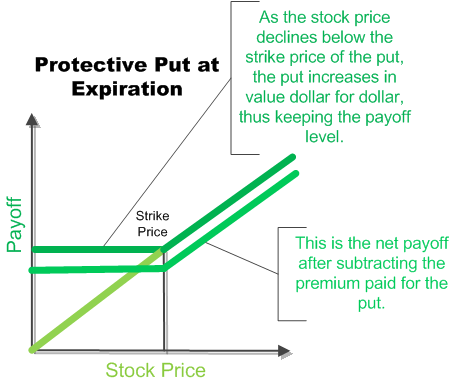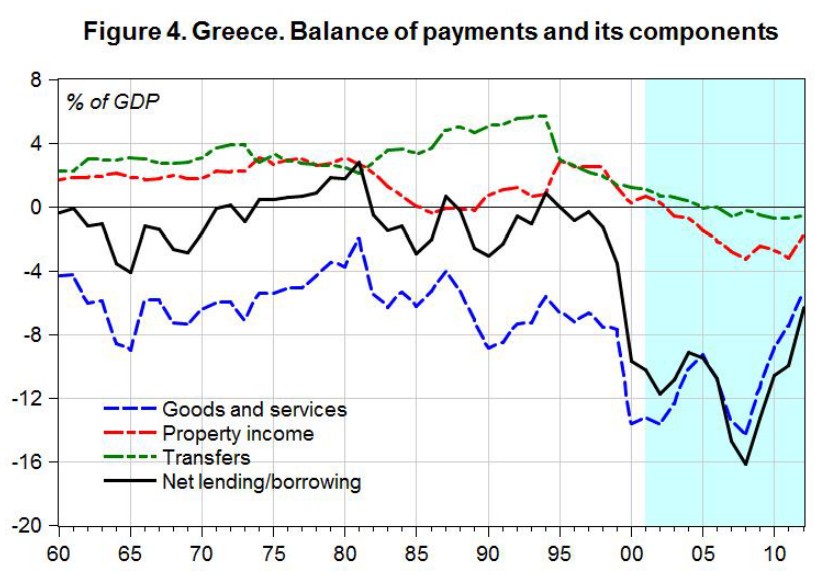Define conductivity and molar conductivity of the solution of an electrolyte Discuss their variation with concentration
Contents
The weak electrolytes dissociate to a much lesser extent as compared to strrong electrolytes. Therefore, the molar conductivity is low as compare of strong electrolytes. Molar conductivity also increases with dilution as it depends on the product of conductivity and the volume of solution containing one mole of electrolyte. The conductance of electricity by ions present in the solutions is called electrolytic or ionic conductance. The following factors govern the flow of electricity through a solution of electrolyte.
Stock solutions usually are prepared on a weight-in-volume basis, and their concentration is expressed as a ratio strength or less frequently as a percentage strength. Define conductivity and molar conductivity of the solution of an electrolyte. Thus, measuring the molar https://1investing.in/ conductance at any concentration (Λc ) helps to calculate degree of dissociation (α) if is known. With the increase in dilution, the conductance increases and at infinite dilution, the electrolyte is completely dissociated so that degree of dissociation becomes one i.e.
Hence the number of ions per unit volume that carry charge in a solution decreases. As the movement of these charges towards the oppositely charged electrodes causes the flow of current, the conductivity of a solution decreases on dilution. The variation of Λm with concentration, C½ is small so that the plots can be extrapolated to zero concentration. The intercept gives the limiting value of molar conductivity when the concentration approaches zero, called molar conductivity at infinite dilution, Λm. The molar conductance of strong as well as weak electrolytes increase with decrease in concentration or increase in dilution. Conductivity of an electrolyte decreases with decrease in concentration because of ions per unit volume decreases on dilution.
For most situations the student technician is encouraged to use the formula method of solving these dilution and concentration problems. In the formula method the second quantity and second concentration are always that of the final product, not of the active ingredient or diluent. Determine the percent strength and ratio strength of a given product when the active ingredient remains constant and the amount of diluent is increased or decreased. The specific conductivity decreases while equivalent and molar conductivities increase with dilution.

She specialises in tutoring science subjects for students in grades 6-12. Mrs. Nagpal has a proven track record of success, and her students have consistently achieved better grades and improved test scores. She is articulate, knowledgeable and her passion for teaching shines through in her work with students.
On dilution the conductivity and equivalent conductivity of KC/ changes respectively
On dilution, conductivity decreases but volume containing one mole of an electrolyte increases. The increase in volume on dilution is much more than the decrease in conductivity. On dilution the volume of the solution is increasing but the number of ions that carry charge in a solution remains the same.

It can be defined as the external work expended per unit of charge to produce an electric potential difference thereby causing the current to flow in the circuit. Conductivity is the conductance of a one-centimeter cube of the solution. However, the variation of Λm with C½ is very large and so much so that we cannot obtain molar conductance at infinite dilution ( Λm°) by extrapolation of Λm versus C½ plots. The rate law can be integrated to obtain an integrated rate equation that links concentrations of reactants or products with time directly.
conductivity increases for an electrolytic solution.
The electric field exerts a force on charged particles, accelerating them in the direction of the force, in either the same or the opposite direction of the electric field. Molar conductivity For strong electrolyte can be calculated by extrapolation . Conductivity is the conductance per unit volume of the system. Enthalpy change and entropy change of a chemical reaction at 25°C are 177.0 KJ and 160.4 JK-1respectively. Calculate free energy change of the reaction and predict whether the reaction is spontaneous or nonspontaneous.
- Determine the volume of a specified stock solution needed to prepare a given solution.
- The equivalent conductivity at infinite dilution is known as the limiting equivalent conductivity (Λo).
- Conductivity is the conductance of one centimeter cube of the solution.
- A solution of potassium permanganate is prepared by dissolving 16 tablets of 0.2 g in enough purified water to make 1600 mL.
Salts such as AgCl, PbSO4, BaSO4etc dissolve to a very small extent in water are called sparingly soluble salts. Thus NaCl is known as 1-1 electrolyte, CaCl2 the one which decreases with dilution is as 2-1 electrolytes and MgSO4 as 2-2 electrolyte. State and explain the Nernst equation with the help of a metallic electrode and anon-metallic electrode.
The conductivity of electrolytic (ionic) solutions depends on:
With dilution, the ions become far apart from one another and interionic forces decrease. Both specific conductance or conductivity and molar conductivity change with concentration of the electrolyte. Always decreases with the decrease in concentration of the electrolyte i.e., on dilution. This pattern is seen because the number of ions per unit volume that carry the current in the solution decreases on dilution.
As the temperature of electrolytic solution is increased, the kinetic energy of the ion increases. This results in the increase of electrical conductance of electrolytic solutions. Conductivity always decreases with decrease in concentration both, for weak and strong electrolytes because of the fact that ____________. While in the case of strong electrolytes (e.g. HCl) equivalent conductivity increases slowly with dilution.
One ampere is defined as 1 coulomb of electricity transferred in one second. Define the following terms i) Molar conductivity ii) Secondary batteries iii) Fuel cell … 2 moles of an ideal gas at 27°C expand reversibly from 2 litres to 20 litres. Aniline is a weaker base than ammonia whereas methyl amine is a stronger base than ammonia.
Specific conductance decreases with dilution whereas equivalent conductance increases with dilution. Where A is a constant and Λ° is called molar conductivity at infinite dilution. This equation is called Debye Huckel Onsager equation and is found to hold good at low concentrations. However at infinite dilution (i.e., when concentration approaches zero) the conductivity of the solution is so low that it cannot be measured accurately. Therefore the limiting equivalent conductivity of an electrolyte is calculated by using Debye-Huckel-Onsagar equation as explained below.
In this mechanism rate of reaction depends on the concentration of alkyl chloride and KOH both. Precipitation occurs only when ionic product is more than solubility product. Number of sulphide ions produced by dissociation of H2S are lesser in acidic medium due to common ion effect. As a result only PbS is precipitated while ZnS is not precipitated. Ionic product of water can also be calculated by knowing the specific conductivity of water. Where C is the concentration and α is the degree of dissociation.
As a result, lithium salts show lower conductivities compared to those of cesium salts in water. Let us consider the V cm3 of solution containing one equivalent of an electrolyte. The cell constant can be determined by using following relations which can be derived easily from expressions discussed above. Equivalent conductivity is the conducting power of all the ions produced by dissolving one gram equivalent of an electrolyte in a solution.
For a strong such as KCl, the conductance increases with dilution because on dilution the interionic forces decrease, and the ions are free to move. Molar conductance is when one mole of salt is added to form the unit volume of solution. Molar conductance is defined for a constant concentration of salt and by definition is invariant with different concentrations. Conductance on the other hand is a general purpose term and it is not mentioned without above mentioned qualifiers.

Explain why on dilution does the conductivity decrease whereas molar conductivity increases for an electrolytic solution. The number of ions furnished by an electrolyte in solution depends upon the degree of dissociation with dilution. With the increase in dilution, the degree of dissociation increases and as a result molar conductance increases. The limiting value of molar conductance (Λm) corresponds to degree of dissociation equal to 1, i.e. the whole of the electrolyte dissociates. The equivalent conductivity at infinite dilution (Λo) can be determined by extending this straight line to zero concentration. It is not possible to determine the value of limiting molar conductivity at infinite dilution for weak electrolytes by extrapolation of Λ versus C½ graph.
In other words, if the amount of active ingredient remains the same and the volume gets larger, the concentration gets smaller. Likewise, if the amount of active ingredient remains the same and the volume gets smaller, the concentration increases. Specific conductance is the conductivity of all ions present in 1 cm3of a solution. When the solution is diluted the number of ions present in 1cm3of solution decrease and as a result specific conductance decreases.
At this dilution, the ionization of even the weak electrolyte is complete. It is also possible to produce electrical energy by carrying out a spontaneous chemical reaction in a suitable device called galvanic cell or voltaic cell. Therefore, upon dilution, the conductivity of KCl decreases andthe equivalent conductivity of KCl increases respectively. Molar conductance of a weak electrolyte depends upon its degree of dissociation. Higher the degree of dissociation, larger is the molar conductance. The variation of molar conductivity with concentration can be studied by plotting the values of Λm against square root of concentration (C½).
The order of a reaction refers to the relationship between the rate of a chemical reaction and the concentration of the species taking part in it. A solution of a known concentration prepared for the convenience of dispensing; usually a strong solution from which weaker ones can be made conveniently. This relationship is generally true except for volume-in-volume and weight-in-volume solutions containing components that contract when mixed together.
Relation Between Cell Potential, Work and Free Energy
It may be defined as the conducting power of all the ions produced by dissolving one mole of an electrolyte placed between two large electrodes at one centimetre apart. Calculating the amount of a solution of given strength that must be used to prepare a solution of desired amount and strength involves the following. Determining the quantity of active constituent needed and then calculating the quantity of the available solution that will provide the needed amount of constituent. Use the alligation methods to determine relative amounts of components mixed together to make a mixture of a required strength. Determine the volume of a specified stock solution needed to prepare a given solution. Where ρ is the proportionality constant and is known as specific resistance or resistivity.
Conductivity of solution decreases with dilution because with dilution, concentration decreases due to which there is a decrease in number of ions/volume. For strong electrolytes, there is no increase in the number of ions with dilution because strong electrolytes are completely ionised in solution at all concentrations. Where α is the degree of dissociation, Λmc is the molar conductance at concentration C and Λm° is the molar conductance at infinite dilution.
